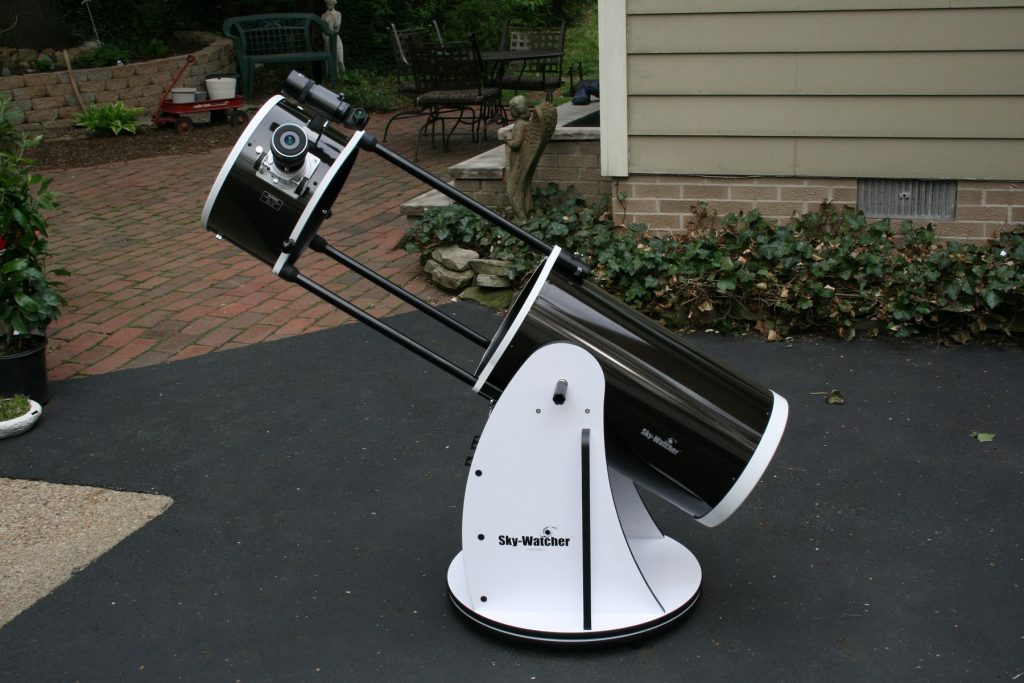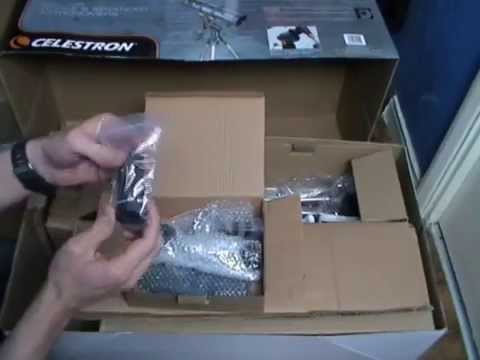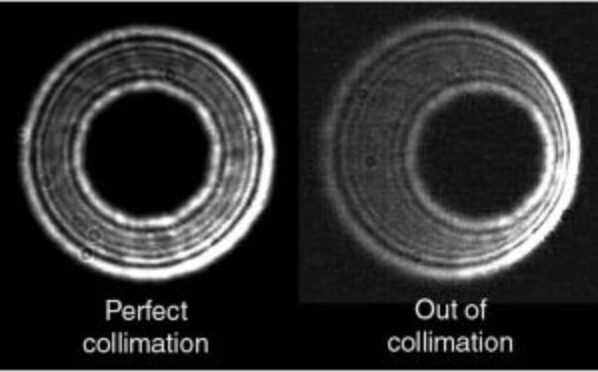A Beginners Guide To Setting Up A Telescope
by Simmy Parker
We wanted to set our sights on explaining how to set up a telescope for beginners. It can be tough to know how to fit all the parts together when you don’t know what they do. Common telescope terms are also explained, too.
Telescope Terms Explained
Aperture
You’ll see this term a lot when you start researching telescopes. It’s the same concept as the aperture you’ll hear about for digital cameras. The aperture is the diameter of the light-gathering lens or mirror.
In a camera, the aperture will open and close based on a certain number that can be adjusted. In a telescope, the bigger the aperture of the lens or mirror, the sharper the images. It produces brighter images, too.
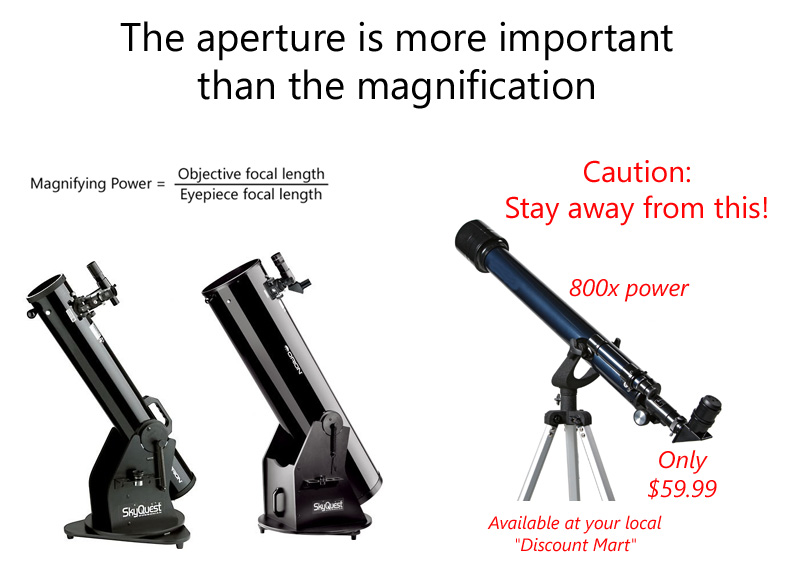
Focal Length
The focal length is right there with aperture as an important feature in a telescope. The longer the focus, the better the image will look at high magnification. The focal ratio is the focal length divided by the telescope’s aperture.
While it might seem to be better to have a longer focal length, it definitely depends on the objects you’re viewing through the telescope’s viewfinder.
If you want to see close details of the Moon, you’d want a long focal length. Big objects like galaxies or the Milky Way should be viewed with a short focal length to get more of the object in the viewfinder.
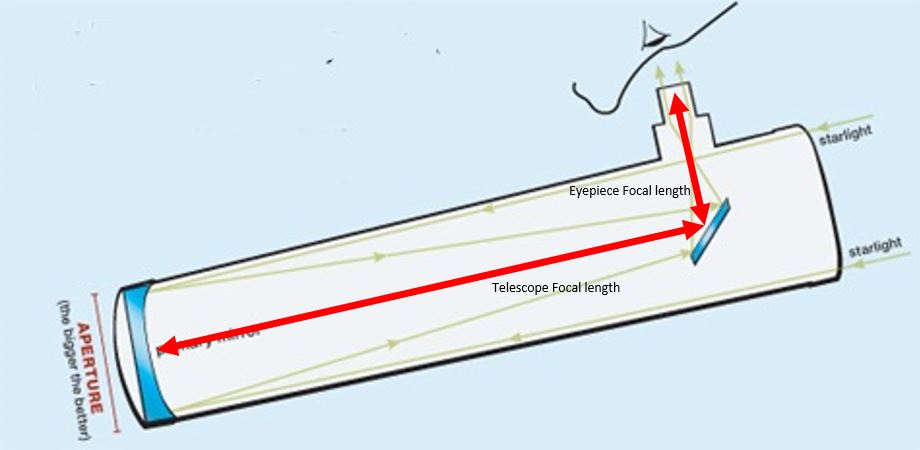
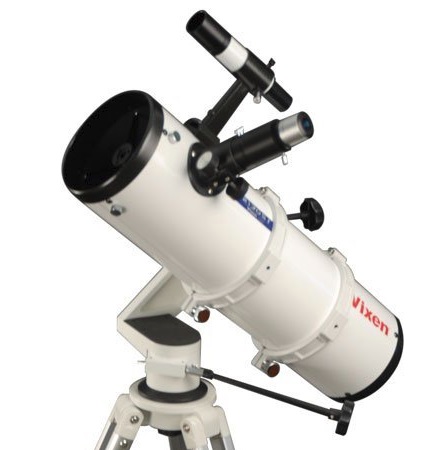
Vixen Optics R130Sf Newtonian And Porta II Mount Telescope Review
Newtonian
The Newtonian is a type of telescope with a mirror system for viewing the night sky. It was invented by Issac Newton, and his first telescope was fully finished in 1668.
There’s a concave mirror and a flat diagonal mirror working together to make the stars and other celestial bodies visible.
Dobsonian
This is a type of Newtonian reflector and mount that provides more aperture than other types of telescopes.
It’s an increase in size compared to other types of telescopes available to amateurs and beginning astronomers. They’re usually altazimuth mounted telescopes.
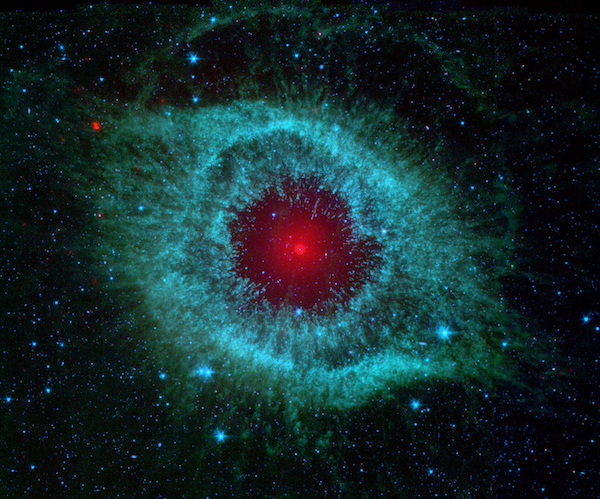
Hubble Pics
Learn Before Rushing Outside
Before setting up the telescope outside, take the time to really look at the telescope while indoors. Follow the included instructions from the manufacturer.
If one wasn’t included with the telescope, or you purchased a telescope used from someone else, you can download a manual from the manufacturer’s website.
Inspecting and Assembling
In this instructional post, we’re going to tell you how to generally put together a Dobsonian telescope. You should always refer to the instructions if things don’t make sense.
First, the telescope will always have a tube, which is made of a few components.
There’s the tube, primary mirror, secondary mirror, viewfinder, focuser tube, eyepieces, and the base.
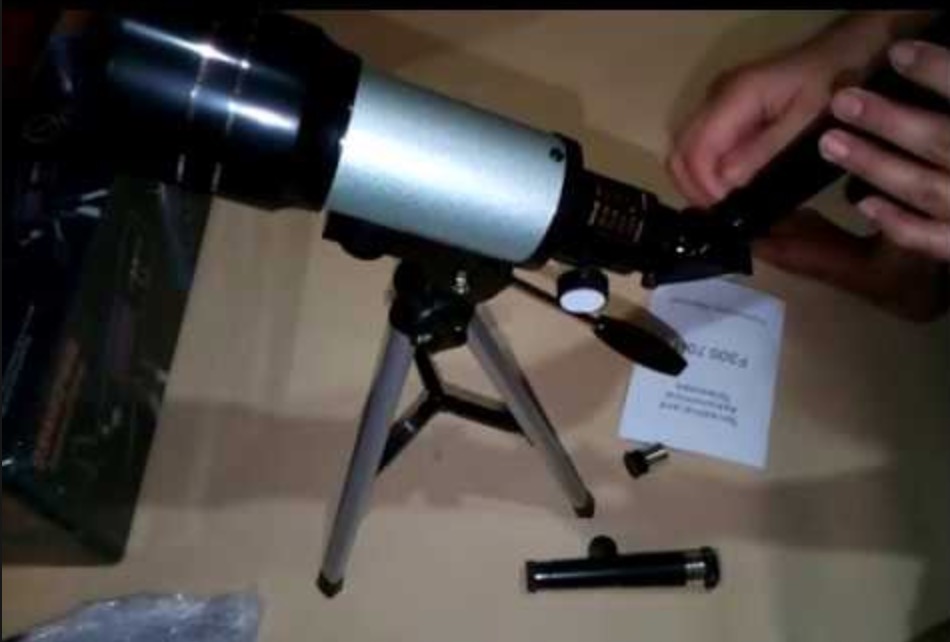
The base should be able to swivel freely before you even bother putting together the tube and assembly.
The pieces should easily attach to each other. The tube and mirrors shouldn’t need any assembly at all. They’ll need to be collimated, though, which is the next step in this process.
Collimating the Telescope
You’ll need to ensure that the secondary mirror is aligned under the focuser. With jarring movements, the secondary mirror can get out of alignment. It’s a common occurrence if you move your scope back and forth to the backyard or to other places like the local park.
When your telescope isn’t collimated properly, there will be halos or elongation to the stars themselves. These are called comas, which can be a hazy blob around the planets and stars. It’s frustrating to see in your telescope.
You’ll need a collimation cap, which should have been included in your kit from the manufacturer. The collimation cap will fit in the focuser opening.
You’ll need to place a piece of paper into the tube to measure the distance between the edges. Adjusting the mirror requires a Philips head screwdriver. It takes some practice, but this video should help.
Aligning the Finder Scope
The finder scope is meant to find objects in the night sky. If the finder scope is aligned properly, the same view will be visible in the eyepiece.
The finder scope is independent of the eyepiece. It might not be aligned properly out of the box.
Through the eyepiece, you can center on an object outside like a light post or a certain object.
You’ll need to find that same object with the finder scope, so make sure it’s distinctive and able to stand apart from other objects outdoors.
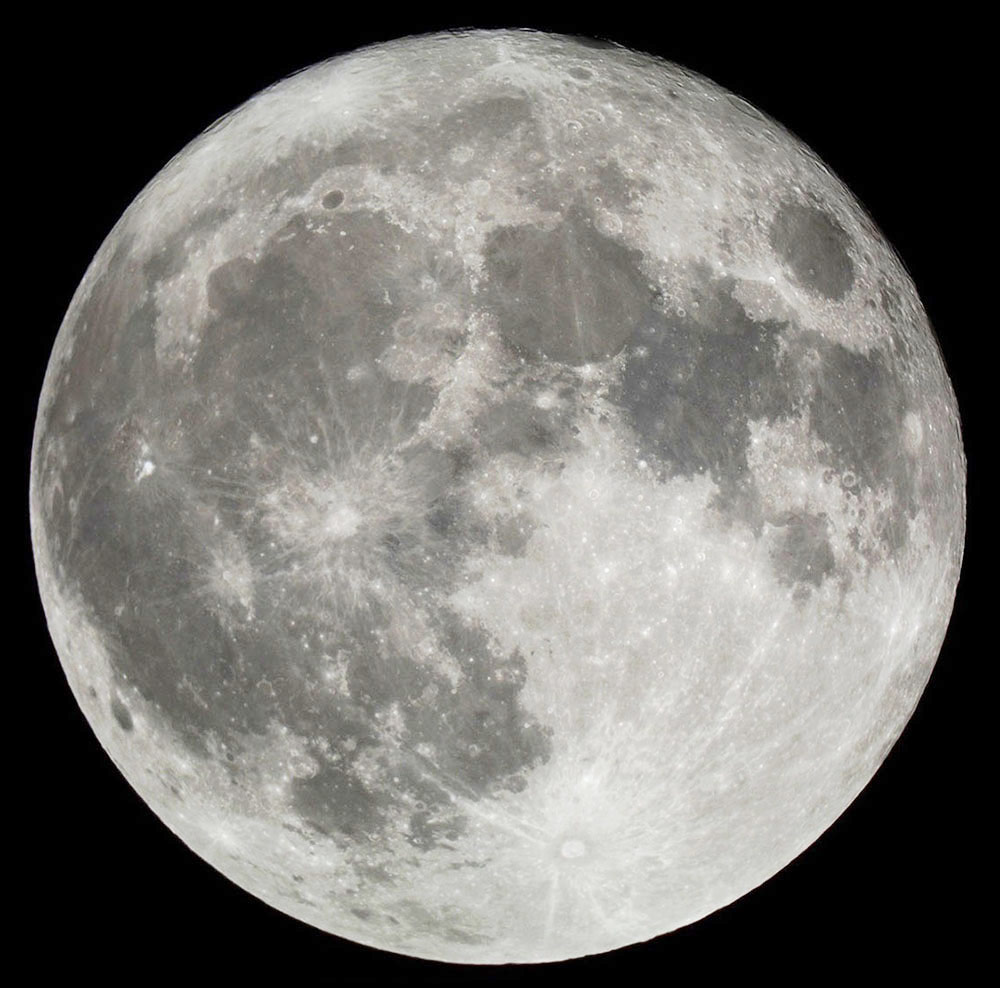
First Night Stargazing
One of the most satisfying objects to view through your new telescope is the Moon. You might think you have seen all the Moon has to offer since you see it almost every night.
There are deep craters, river beds, rocks, and a foreign landscape that should be experienced with the magnification of your telescope.
Once you’ve started to find objects, take your time looking at them to really discover what they have to offer. Jupiter is a planet that is incredibly interesting and very easy to find in the night sky.
You might also want to check out a space calendar to figure out the events that are coming and the best places to view them. Once you’ve set up your new telescope, there’s much to see in the night sky.
Leave us a comment below!
Here is more from our site!
Related posts:
- How Does a Refracting Telescope Work?
- How to Identify Constellations in the Night Sky
- How Do Reflecting Telescopes Work?
- How Does a Newtonian Telescope Work?
 |
 |
 |
 |

About Simmy Parker
Simmy is an outdoor expert who loves to spend time in the wilderness. She received a BS degree in Civil Engineering at Sacramento State University, and has put her skills to use by helping design and build some of the most impressive structures in the world. However, Simmy's true passion lies in sharing her love of nature with others, and she spends much of her free time leading hikes and teaching people about the flora and fauna that can be found all around them.
Thoughts on "A Beginners Guide To Setting Up A Telescope"
 |
 |
 |
 |
You can Get FREE Gifts. Receive Free Backyard Items here. Disable Ad Blocker to get them all now!
Once done, hit anything below
 |
 |
 |
 |

